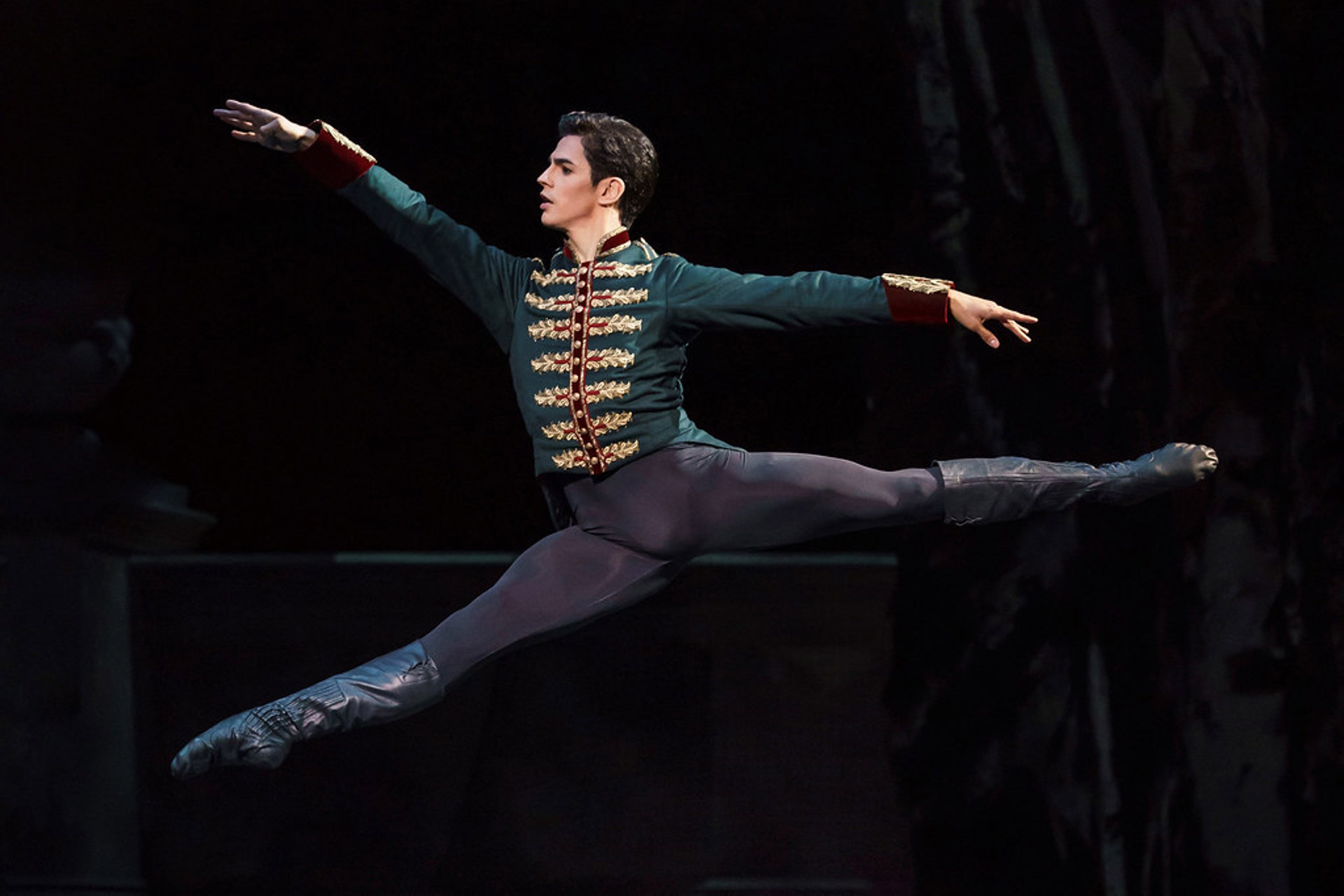NEWS
Bone stress injuries (BSI) in dancers
Timely diagnosis is vital to prevent the progression of pathology, avoid complications, and ensure a speedy return to performance.
Share

Edit Federico Bonelli As Prince Siegfried In Swan Lake, The Royal Ballet © 2018 ROH. Photograph By Bill Cooper
Bone stress injuries (BSI) are overuse injuries that develop in response to repetitive loads applied to a bone. They are common in both male and female dancers and result in considerable time loss from both rehearsals and performances.
BSI predominantly affect the lower limb bones of dancers, in particular the anterior tibial cortex, second metatarsal, and posteromedial tibia. Timely diagnosis is vital to prevent the progression of pathology, avoid complications, and ensure a speedy return to performance. Dancers are predisposed to bone stress injuries due to a host of risk factors; some of the common factors we see are variable training loads, insufficient muscle strength, suboptimal biomechanics, and Relative Energy Deficiency in Dance (RED-S). Understanding these risk factors is important to reduce the burden of BSI and prevent recurrences.
A thorough clinical assessment with appropriate imaging done at the right time will ensure an accurate diagnosis is made. A host of imaging modalities exist, and understanding which one to use when is important. These options include: X-ray, MRI, VIBE MRI, CT, SPECT-CT, ultrasound, and DEXA. Once a BSI diagnosis is made, a multidisciplinary team approach to management should be instigated.
Rehabilitation from BSI requires a mix of science and art. When done correctly, it will lead to quicker recovery times, less recurrence, and act as an effective prevention measure. Each phase of the dancer’s rehabilitation should be goal-oriented, with the dancer progressing through the process upon achievement of their goals. A key phase in a dancer’s rehabilitation will be ‘return to jumps’. This discrete skill can be manipulated to provide an osteogenic effect to the injured bone.
If you are interested in learning more, please come along to our Bone Stress Injury Management in Dance: One Day workshop on 19th July 2025 at the Royal Opera House.